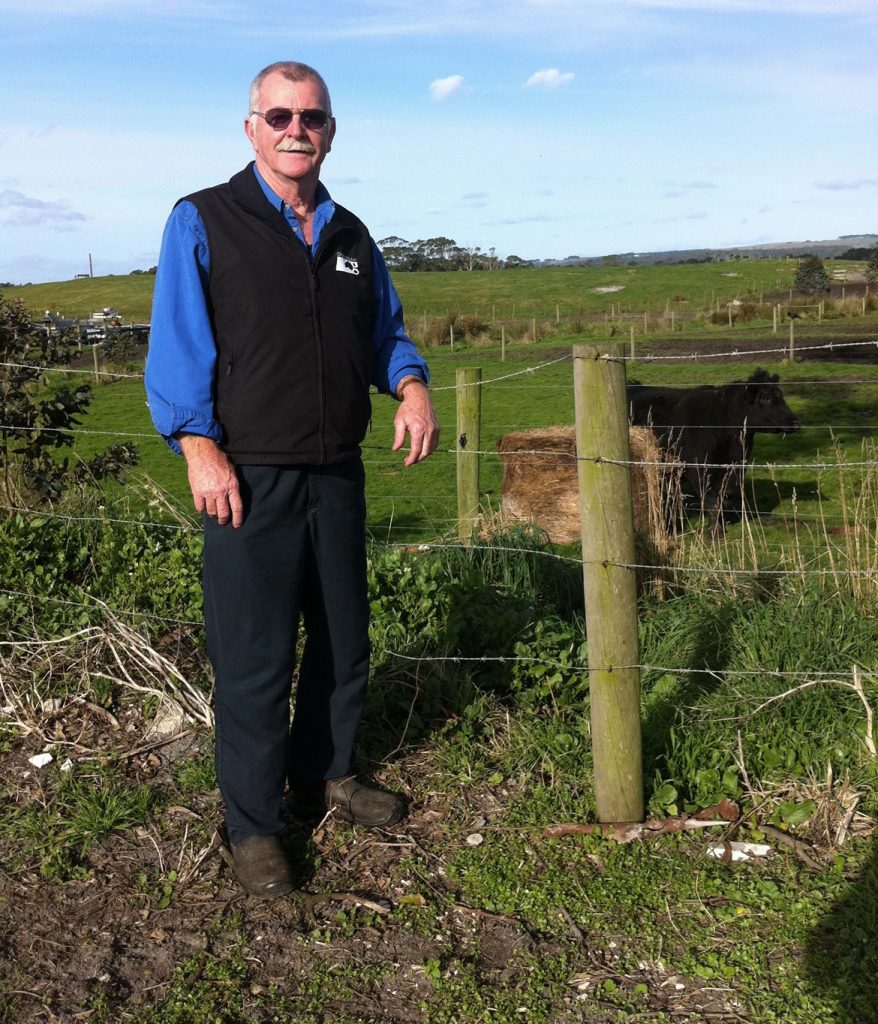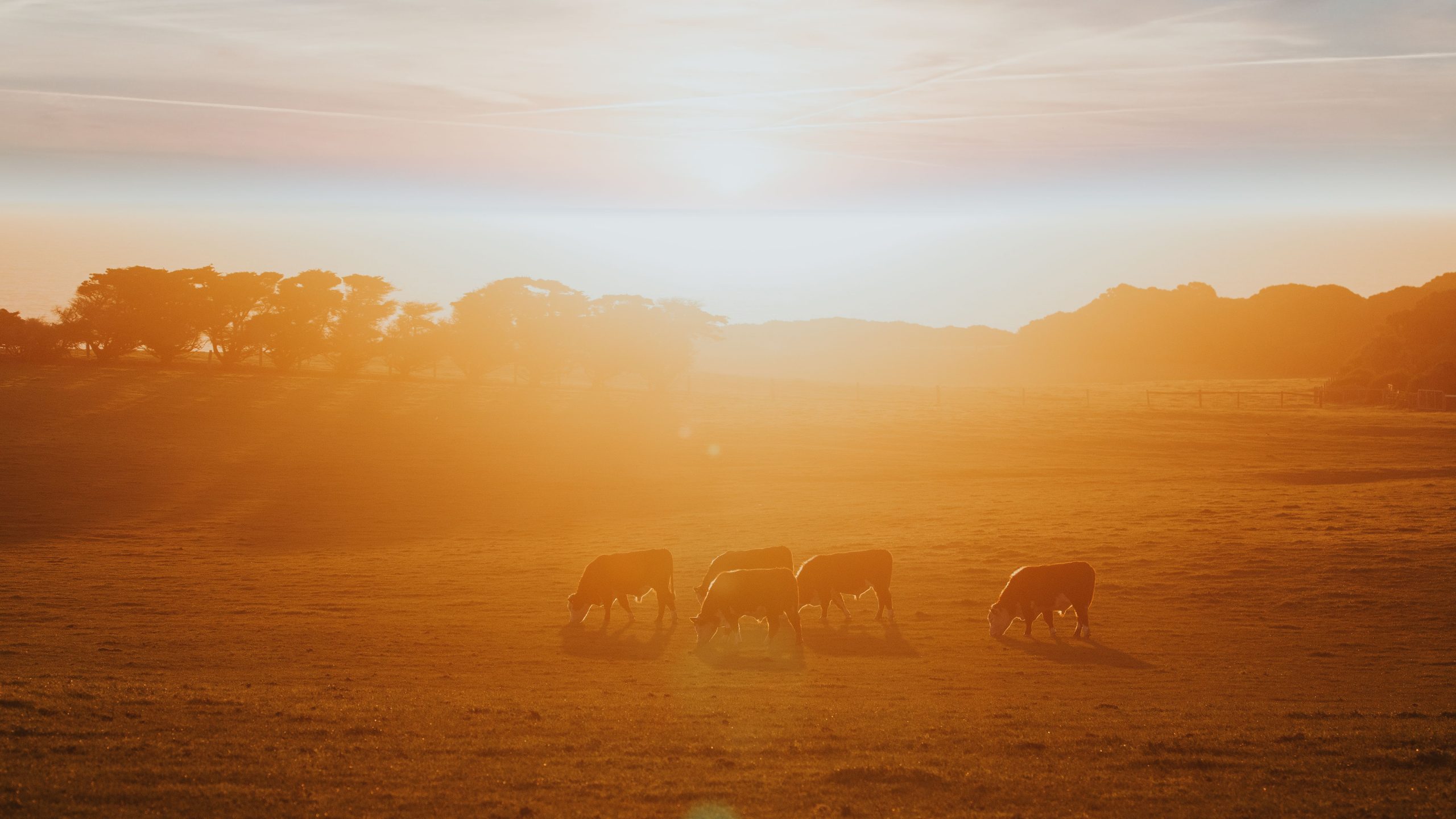Cattle production increased in Q3 despite reduced carcase weights, according to Meat & Livestock Australia’s (MLA) summary of the Australian Bureau of Statistics’ (ABS) September quarter slaughter and production data.
MLA reported that national male carcase weights remained firm quarter-on-quarter at 348kg with male slaughter numbers increasing 6% on Q2, delivering an increase in production. The female slaughter rate remained at 44%, indicating that Australia is still in a herd rebuild phase.
Carcase weights coming out of Victoria saw a 3% increase. With slaughter in the state also increasing, production lifted 7% quarter-on-quarter.
Tasmania
Northeast
Challenging is the best way to describe 2022 in the northeast. Throughout spring and early summer, most areas received record rain on top of persistent cold weather. Cool temperatures delayed silage cuts and reduced yields with many reports of bogged tractors coming through. Although cattle have been slow to finish, weights and gradings have held strong. Numbers are looking tight in the lead up to Christmas, but we expect to see kill numbers increase in the new year.
Northwest
The northwest coast of Tasmania experienced a very long, cold winter. Despite being cold and wet for so long we saw a cracking start to spring with plenty of grass everywhere. The weather and high costs of replacements prompted producers to hang onto cattle for longer to finish them off before consigning them to slaughter, resulting in increased weights and fat coverage. Despite challenging conditions and varying weights, Meat Standards Australia (MSA) Index results have been positive.
South and central-northern midlands
Tight supply continued throughout spring and early summer in Tasmania’s south and central-northern midlands on the back of what can only be described as a very wet winter. Thankfully we have started to see more consecutive days of sunshine strung together as fodder reserve replenishment is in full swing. Cattle condition and grading results have remained solid, which is a testament to our producers.
King Island
Despite a wet couple of months on King Island the quality of cattle has held strong. It looks as though spring, which has brought great grass growing weather, will stretch out until after Christmas. Supply has been tight, but we expect to see more cows become available as cow-calf operators finish marking calves and look to offload their cull cows.
The mainland
Gippsland
Now that our water tanks are full, and the ground water is topped up, we welcome in spring and as the old boys say, ‘you can almost hear the grass growing’. The condition of cattle coming through our Moe processing facility has been improving every week as weather conditions have also improved, enabling cattle to put on weight rather than just trying to keep themselves warm. We continue to see our NEVER EVER program grow with new suppliers coming on all the time. Now that COVID restrictions in many parts of the world are easing, we have welcomed many customers from Korea and the US as well as local chefs to sunny south Gippsland.
Western District and SA
Despite some soggy paddocks around the region, the condition of cattle has remained consistent. The weather has caused a glut of cattle on the market, for both dairy and beef cattle, that would normally have been held back a bit longer to finish as producers look to relieve pressure on pastures. We’re seeing increased numbers coming through saleyards as well on the back of strong prices and an abundance of feed. We expect to see a tightening of supply in the early months of 2023.
The quality of cattle coming out of the Northern Territory and South Australia this year has also been excellent following an ideal lead up to spring and recent rain.
Northern VIC and southern NSW
Weather conditions over the past few months in the northeast have been in line with most of the eastern states with record rainfall and major flooding in some areas. Cattle condition and grading results have been steady despite consistent rain. Supply has also been constant as weather has both brought cattle forward in parts of the state and delayed them in other regions in the wake of flooding and road closures. Given the cooler, wet winter grass bullocks have been grading well, despite slightly lower weights compared to this time last year. However, stock are responding to improved feed conditions and we expect big weight gains to continue in the coming months. Cows have remained well-covered throughout the year and done a great job with their calves; we expect to see some heavy weights through weaner sale pens late 2022 and early 2023 and more cattle to come forward as we head into the Christmas period.
Prices remained strong through winter and spring as our winter base price agreement was again well taken up by producers this year.
With anticipation building ahead of the opening of our new Tongala processing facility next year, producers are getting on the front foot and becoming NEVER EVER accredited to take advantage of price premiums.
To discuss accreditation, contact your local Greenham cattle buyer.
By Sr Group Livestock Manager, Graeme Pretty














